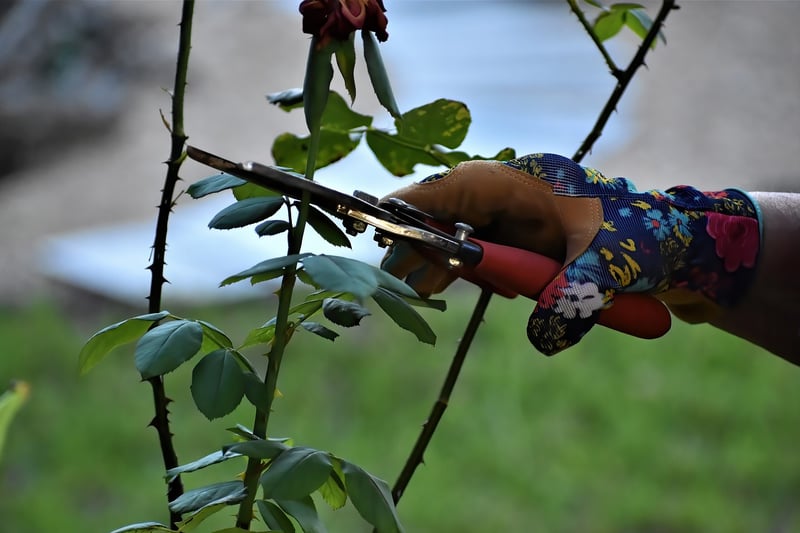Pruning Techniques
Essential Care Practices for Healthy Plants + Pruning Techniques
Introduction
Proper care is essential for maintaining the health and vigor of your plants. In addition to regular watering and fertilizing, pruning plays a crucial role in promoting growth and enhancing the aesthetic appeal of your plants. This article will cover essential care practices and pruning techniques to help you keep your plants thriving.
Essential Care Practices
1. Watering: Ensure your plants receive the right amount of water, avoiding both under-watering and over-watering. Different plants have different watering needs, so it's important to research each plant's requirements.
2. Fertilizing: Feed your plants with the appropriate fertilizers to provide essential nutrients for growth. Choose fertilizers based on the type of plant and its growth stage.
3. Light: Place your plants in locations that receive adequate sunlight based on their specific light requirements. Insufficient or excessive light can affect plant health.
4. Soil: Use well-draining soil appropriate for the plant species you are growing. Good soil quality is essential for root health and overall plant growth.
Pruning Techniques
1. Deadheading: Remove dead or faded flowers to promote new growth and prolong blooming periods.
2. Thinning: Remove excess branches to improve airflow and light penetration, reducing the risk of diseases and promoting overall plant health.
3. Shaping: Prune your plants to maintain a desired shape or size, enhancing their appearance and promoting a tidy growth habit.
4. Training: Guide the growth of your plants by pruning to encourage specific branching patterns or shapes, such as espalier or topiary forms.
Conclusion
By following these essential care practices and pruning techniques, you can ensure that your plants remain healthy, vibrant, and visually appealing. Regular maintenance and attention to detail will go a long way in fostering a thriving garden or indoor plant collection.

Remember, each plant species may have specific care requirements, so always research the individual needs of your plants for optimal growth and health.
